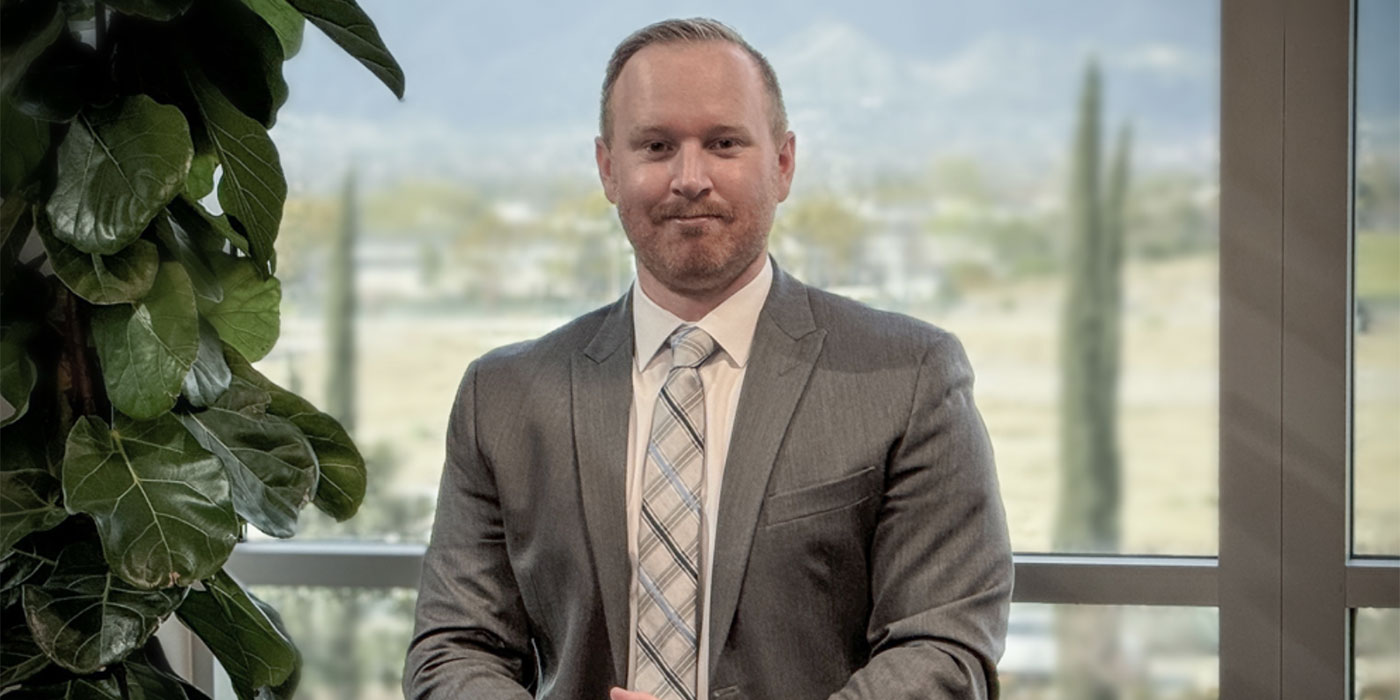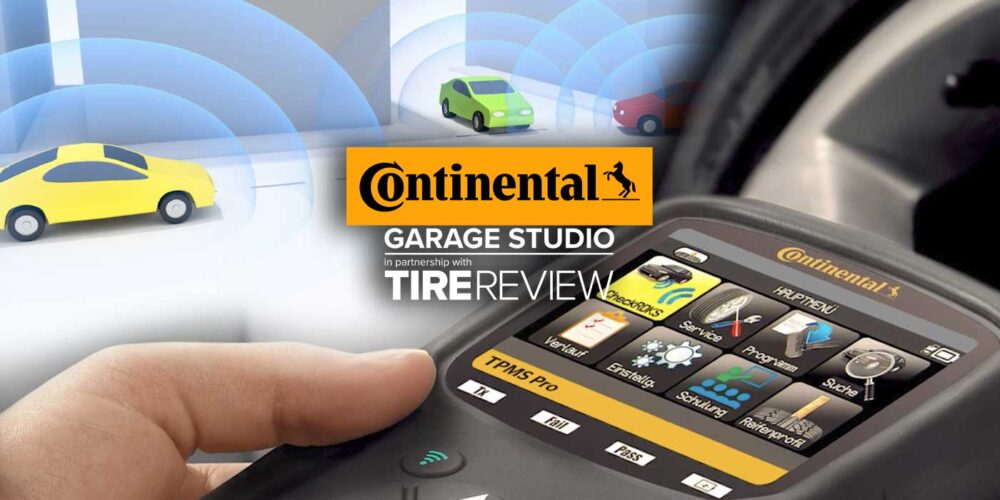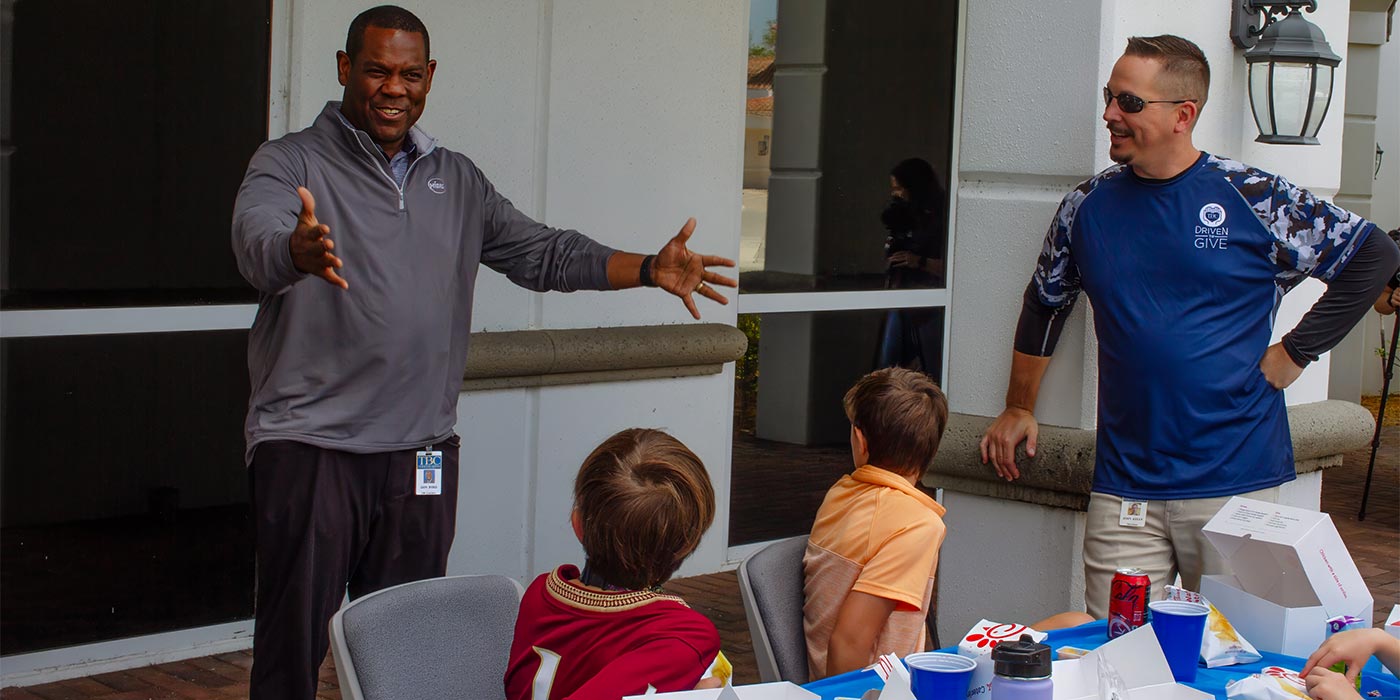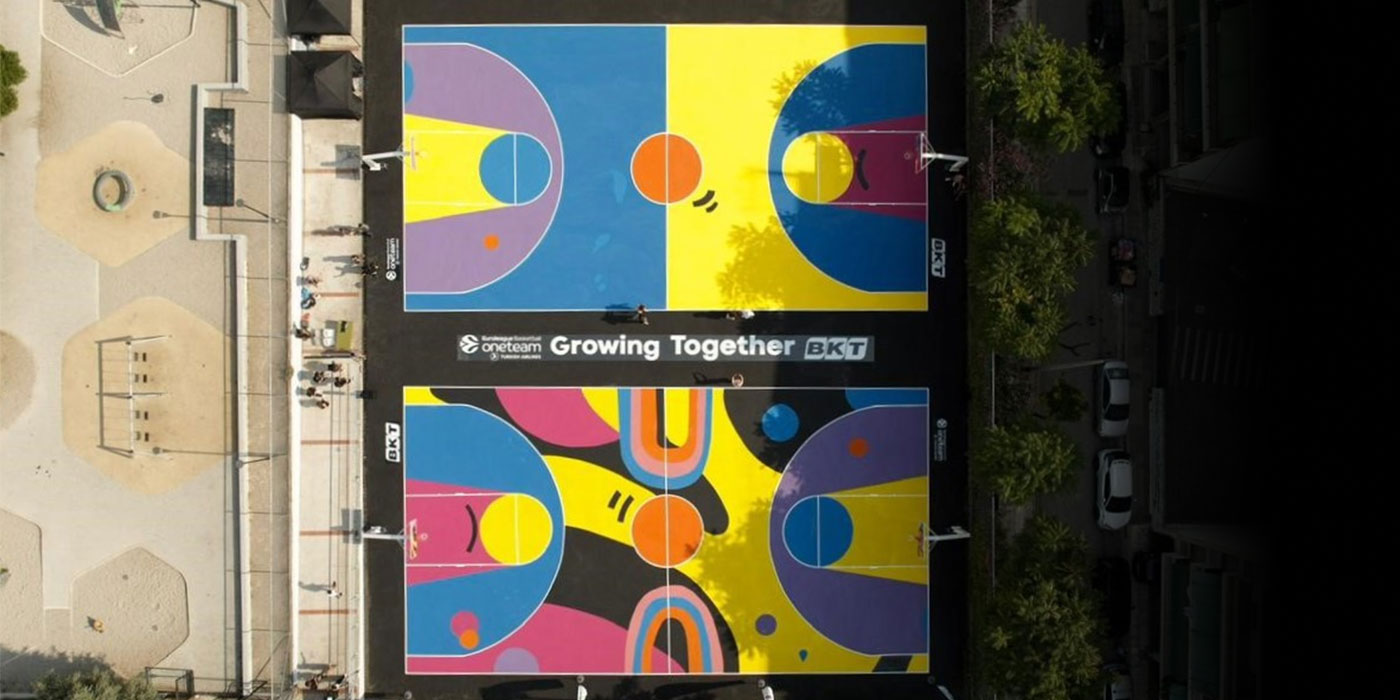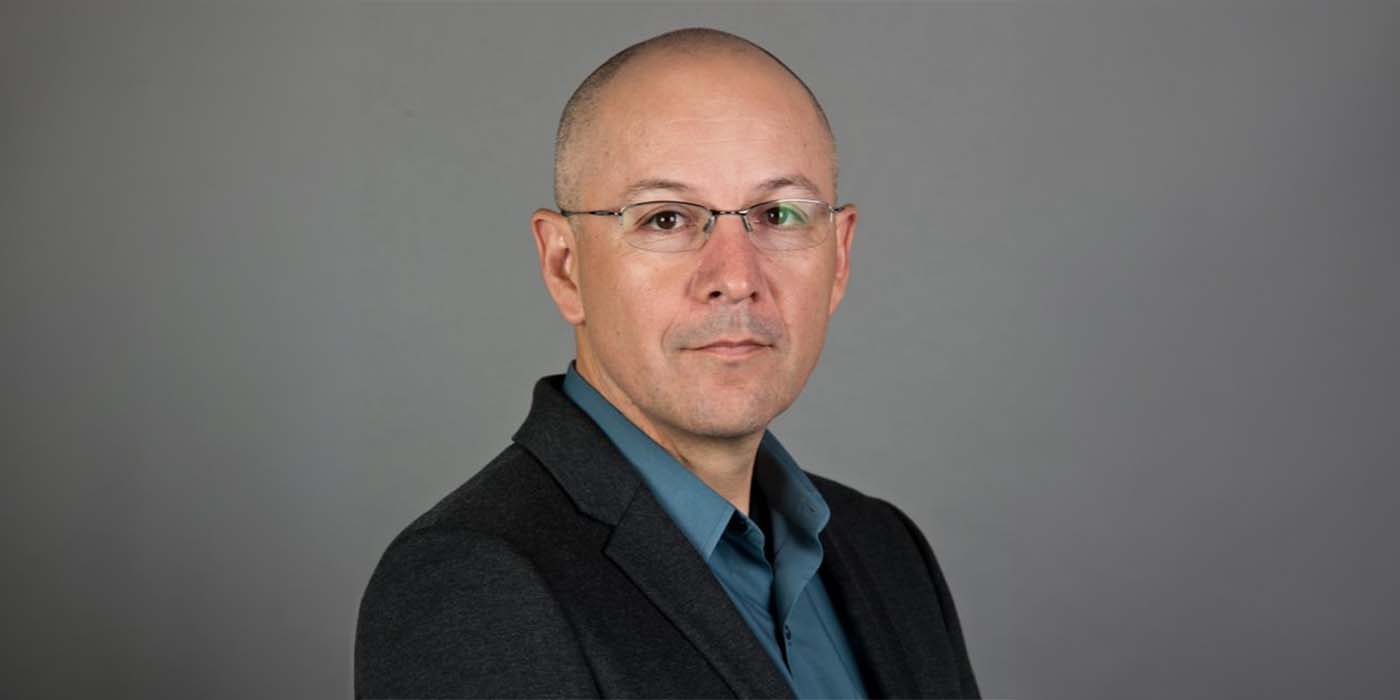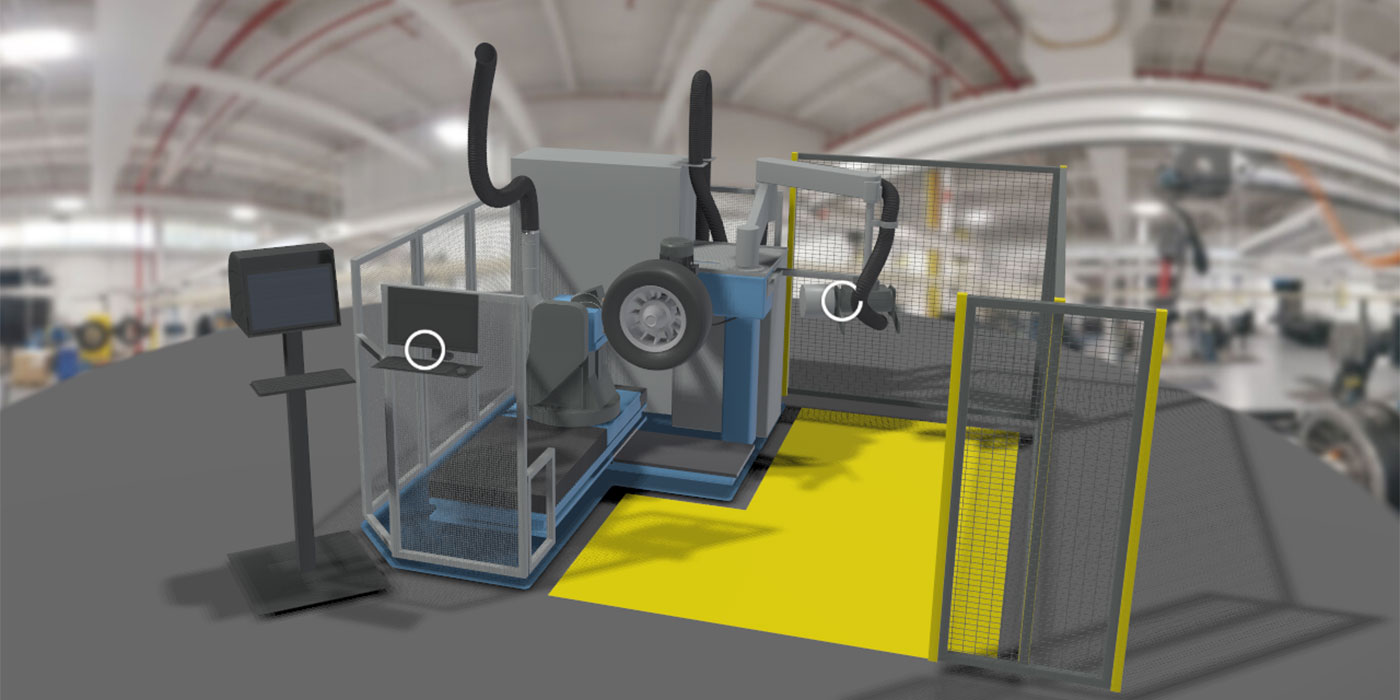This was not his first international assignment. As marketing manager for Bridgestone Australia from 1982-86 and later, as CEO of Firestone East Africa (Kenya) from 1996-99, Ito San has amassed invaluable experience from his time spent in foreign markets away from his native land, Japan.
We met up with him at Bridgestone’s Headquarters in Isando, where he spoke to us about his impressions of South Africa, the market and future plans for Bridgestone.
Thank you for meeting with us Ito San. There’s no better place to start this interview than at the very beginning. Talk us through the life map that led you to your current position. Where did it all begin?
I first joined Bridgestone Japan in 1970 after obtaining a Commerce Degree from University and have stayed with Bridgestone ever since.
That’s a remarkable accomplishment!
By Western standards perhaps, but in Japan, particularly in my generation, it was not common practice for people to change their jobs. Of course, this is all changing with the younger generation now becoming more Westernized.
What was the Bridgestone company like back then?
When I joined, 36 years ago, Bridgestone had already achieved the title of Best Tyre Company in Asia, but on the world stakes, only ranked ninth. Through our acquisition of Firestone in 1987, Bridgestone became the fastest-growing tyre manufacturer in the world and currently ranks number one in the world.
What are your impressions of South Africa thus far?
Aside from the crime, South Africa is a great country. The climate is pleasant, the people I work with are very nice and the lifestyle centers on the outdoors.
What is the duration of your assignment in South Africa?
This has not been discussed or pre-determined. It could well depend on my performance (laughs)!
What are the similarities and differences between the South African tyre industry and others you have come to know?
The market is vastly different to Kenya, but not all that dissimilar to the Australian or Japanese markets. My impression of the market is that it is destined to experience slow but steady growth as consumer demand increases. The South African economy is on an upswing, so this is all pointing in the right direction.
What, in your opinion, are the biggest challenges we face as an industry?
Factory and production costs top the list. Although I cannot speak for any of the other local manufacturers, this is certainly a big challenge for us, particularly when compared against global manufacturing standards and production costs.
Is this because we are not volume-driven?
Partly, but more specifically, it is a consequence of low productivity levels and high wages, in my opinion. Having spent my entire working career with Bridgestone, I am privy to each factory-costing exercise within the Bridgestone Group, and this serves as a reliable measuring tool in my assessment of the situation.
What can we do to improve the situation?
The answer would probably lie in (a) increasing the number of our working days and (b) boosting production runs.
Speaking of factories, are the upgrades to your Brits plant now complete?
All upgrades are complete, and the Brits plant sports new equipment to cater for the production of run-flat and high performance tyres, specifically. The biggest growth area identified within the SA tyre market comes from this segment, hence our recent investment at Brits.
Any further plant upgrades in the pipeline?
Absolutely. This is essential if we are to continue providing better quality to our customers. Market demand is changing with a shift towards lower profiles, bigger rim sizes and enhanced performance. With this in mind, we would like to begin manufacturing in lower aspect ratios – currently we only manufacture up to 17 inch.
Is the SA market ready for run-flats?
Run-flat tyres are ideally suited to South African conditions, as they offer better control in the event of a blow-out and added safety by eliminating the incidence of tyre-related breakdowns and motorists having to stand by the side of the road while they change a tyre.
Do you think the tyre dealers are adequately prepared to meet demand?
More than 70 Bridgestone dealers are fully equipped, in terms of training, skills and equipment, with this current network of qualified dealers expected to grow as demand rises.
We’ve come across some dealers who are concerned over incorporating run-flats into their stock inventory, due to the expense.
Granted, at this stage, the demand for run-flat tyres is still small, but our agreement with our dealers specifies that dealers carry suitable stock. Whilst we can understand their concerns in this regard, the anticipated growth of run-flats will likely begin impacting adversely on dealers that are reluctant to stock them. In short, over time, the marketplace will begin exerting suitable pressure on them to provide this service.
What of the perception in the marketplace that run-flats can be repaired?
That is false – run-flat tyres cannot be repaired. Perhaps education regarding run-flats and their capabilities needs to be stepped up, particularly amongst the dealerships, as they are the ones in direct contact with the public.
Would you say that Bridgestone still enjoys the largest market share of the South African tyre market?
Yes, I would agree with that. We are the market leader across all market segments.
What is your vision for Bridgestone SA?
The vision for South Africa is largely an extension of Bridgestone Corporation’s motto, “to serve society with superior quality,” first introduced into the company by our company founder Shojiro Ishibashi.
This philosophy not only pertains to our product, but to our entire work ethic.
Further to this, my intention is to make Bridgestone SA the strongest tyre manufacturer in the country in terms of turnover and profitability and to instill a measure of pride and integrity in our workforce that is now over 2,000 strong.
What are your thoughts on the growing number of cheap imports filtering into the country?
Cheap imports remain my biggest headache. In a price-conscious market such as ours, it is not always easy to make the customer aware that price is not everything, particularly as we are not in a position to run down our competition, whatever form it may take.
The answer again lies in educating our dealers so that the consumer is aware of possible consequences to the tyre choice he or she may make.
At Bridgestone, we run an Integrated Training Programme, and this has now become a constant, particularly given the high staff turnover the industry in general is experiencing.
How is the Bridgestone precure rubber performing in market?
As you know, our Bridgestone rubber is sold exclusively through our Maxiprest outlets. Recently, Bridgestone acquired all the moulds previously held by Wayne Rubber, thereby increasing capacity further. The reports from the marketplace are most encouraging. Clearly, the tread rubber is performing well.
What of the much talked about global OTR shortage? Is this likely to continue?
Unfortunately, yes! The current crisis is a consequence of boosted demand out of China, India, Russia, Brazil and other emerging markets. There are currently only two manufacturers in the world – Bridgestone and Michelin – manufacturing OTR tyres in some of the bigger sizes, and there is not enough capacity to meet growing demand.
Both Bridgestone and Michelin have taken the decision to expand capacity, but the fruits of this will only come on stream sometime in 2008.
Has this shortage impacted the local market?
Yes, at many mines, production has come to a halt. Others are fitting used tyres to their vehicles so as not to interrupt production further.
What about the soaring costs of raw materials? Is this a concern?
Very much so. The price of natural rubber rose from 50/60c per kilo in 2001 to five times that much in 2006. The oil price also continues to rise, so these are extremely challenging times for tyre manufacturers throughout the world.
What is your view on the scrap tyre disposal problem in South Africa?
It is our social responsibility to consider the environmental issue and how this is impacting on the planet. Legislation surrounding this issue has been delayed time and time again in South Africa, but I’m hopeful there will be a resolution in the next couple of weeks.
Ito San, we wish you lots of success as you steer Bridgestone into the future. Thank you for your time.
Ito San lives alone in South Africa. His family – whom he sees two to three times a year – is in Japan. As such, he spends his weekends shopping for himself, relaxing and squeezing in 18 holes of golf whenever he can.
As a former rugby player (center position) – he formed the very first Bridgestone rugby team when he first joined the company. Although his active participation in the sport has ended, Ito San continues to enjoy watching the game from the comfort of his armchair.



